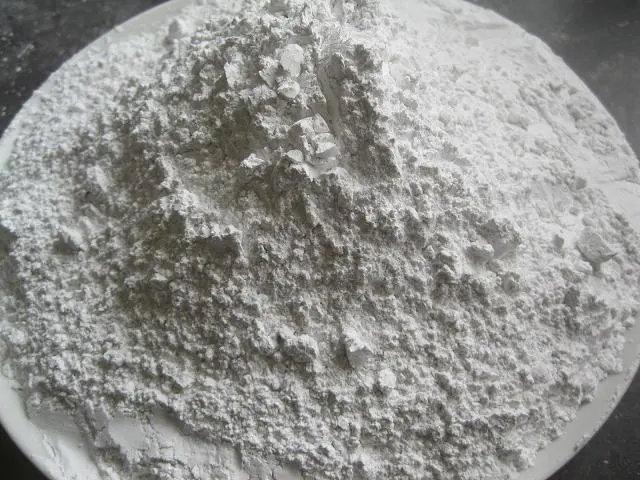
Production of Activated Carbon from Coconut Shells for Sustainable Applications
Activated Carbon Production from Coconut Shells
Activated carbon is a highly porous material widely used in various applications, including water purification, air filtration, and in the pharmaceutical industry. Among the numerous sources of activated carbon, coconut shells stand out as a premium feedstock due to their unique properties and sustainability.
Coconut shells are primarily composed of lignin, cellulose, and hemicellulose, making them an excellent precursor for activated carbon production. The carbon content is significant, typically around 50% to 60%, which contributes to the overall efficiency of the activation process. Furthermore, coconut shells are a renewable resource, as coconuts are harvested annually, ensuring a consistent supply without depleting natural resources.
The production process of activated carbon from coconut shells involves two main stages carbonization and activation.
1. Carbonization This initial stage involves heating the crushed coconut shells in an oxygen-controlled environment, typically in a carbonization furnace. The temperature usually ranges between 400°C and 800°C. During carbonization, volatile compounds are released, leaving behind a carbon-rich char. This process not only enhances the carbon content but also begins to create the porous structure required for activated carbon.
activated carbon production from coconut shell

- Physical Activation This method involves subjecting the carbonized shell to steam or carbon dioxide at high temperatures (usually between 600°C and 1200°C). The introduction of steam or CO2 further develops the porous structure, increasing the surface area and enhancing the adsorptive properties of the carbon.
- Chemical Activation In this approach, the char is treated with activating agents like phosphoric acid, potassium hydroxide, or zinc chloride before or during carbonization. This process typically occurs at lower temperatures, resulting in an activated carbon product with a highly developed surface area and a significant pore volume.
The resulting activated carbon from coconut shell has several distinctive advantages. Its high surface area, typically ranging between 900 to 1500 m²/g, makes it particularly effective in adsorbing contaminants, impurities, and odors. Additionally, activated carbon from coconut shells is environmentally friendly, as the production process effectively utilizes agricultural waste, contributing to a circular economy.
Moreover, due to its performance characteristics, activated carbon derived from coconut shells is often preferred in the food and beverage industry, particularly for water treatment and dechlorination processes. It also finds applications in air purification systems due to its ability to effectively remove volatile organic compounds and other harmful pollutants.
In conclusion, activated carbon production from coconut shells presents a sustainable and effective solution to many environmental challenges. As demand for purified water and clean air continues to rise, the utilization of coconut shells for activated carbon production can play a significant role in meeting these needs while promoting the use of renewable resources.
Share
-
Custom Expand Vermiculite Manufacturing & High-Temperature SolutionsNewsApr.29,2025
-
Calcium Powder Suppliers High-Purity Carbonate, Oxide & PhosphateNewsApr.29,2025
-
Custom Perlite Mine Solutions Expert Manufacturing & FactoriesNewsApr.28,2025
-
Premium Zeolite Bentonite Manufacturers in China OEM FactoriesNewsApr.28,2025
-
Reflective Glass Beads for Paint & OEM Manufacturing - China FactoryNewsApr.28,2025
-
Custom Aluminium Oxide Grinding Services Precision & DurabilityNewsApr.28,2025






